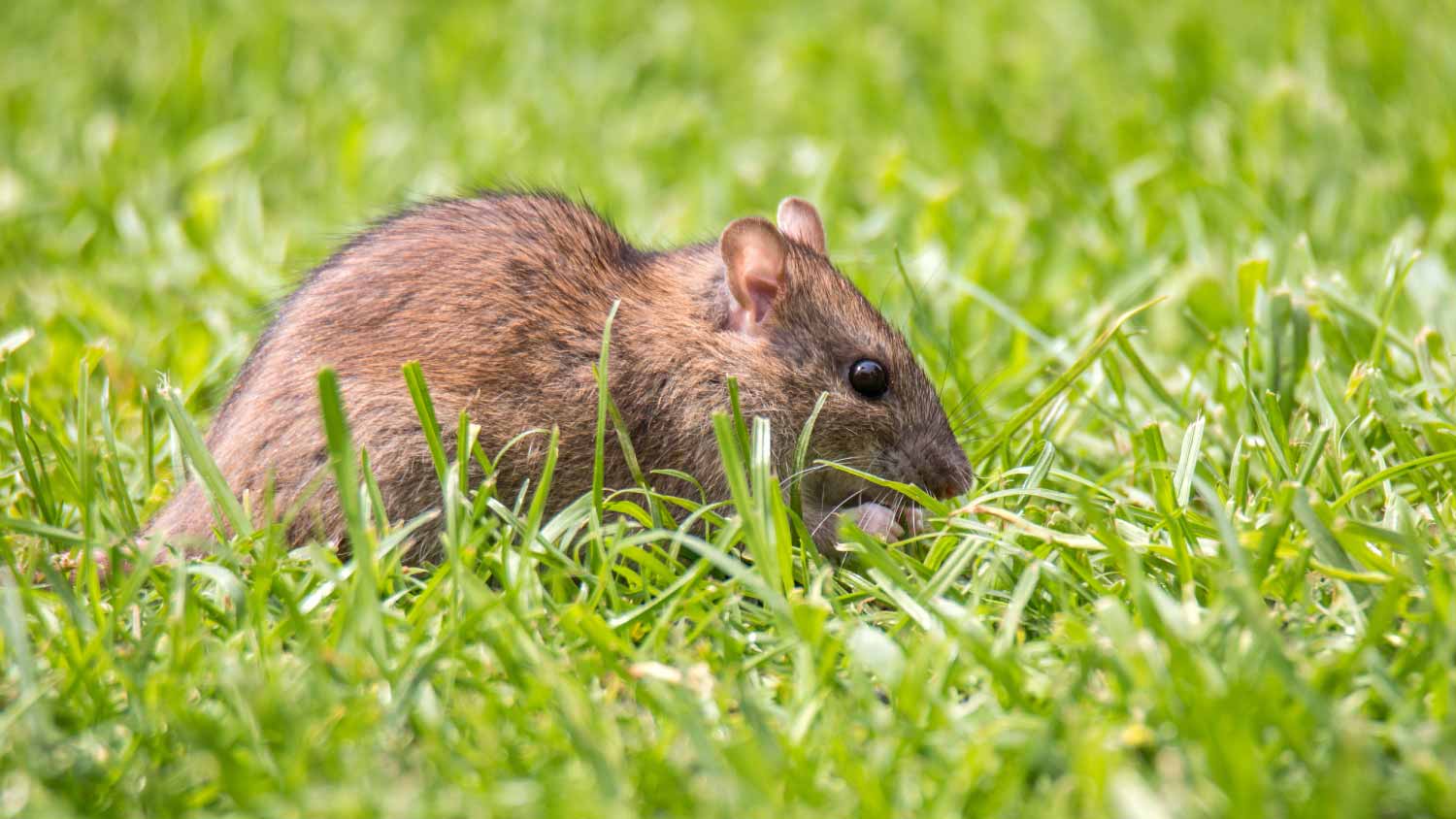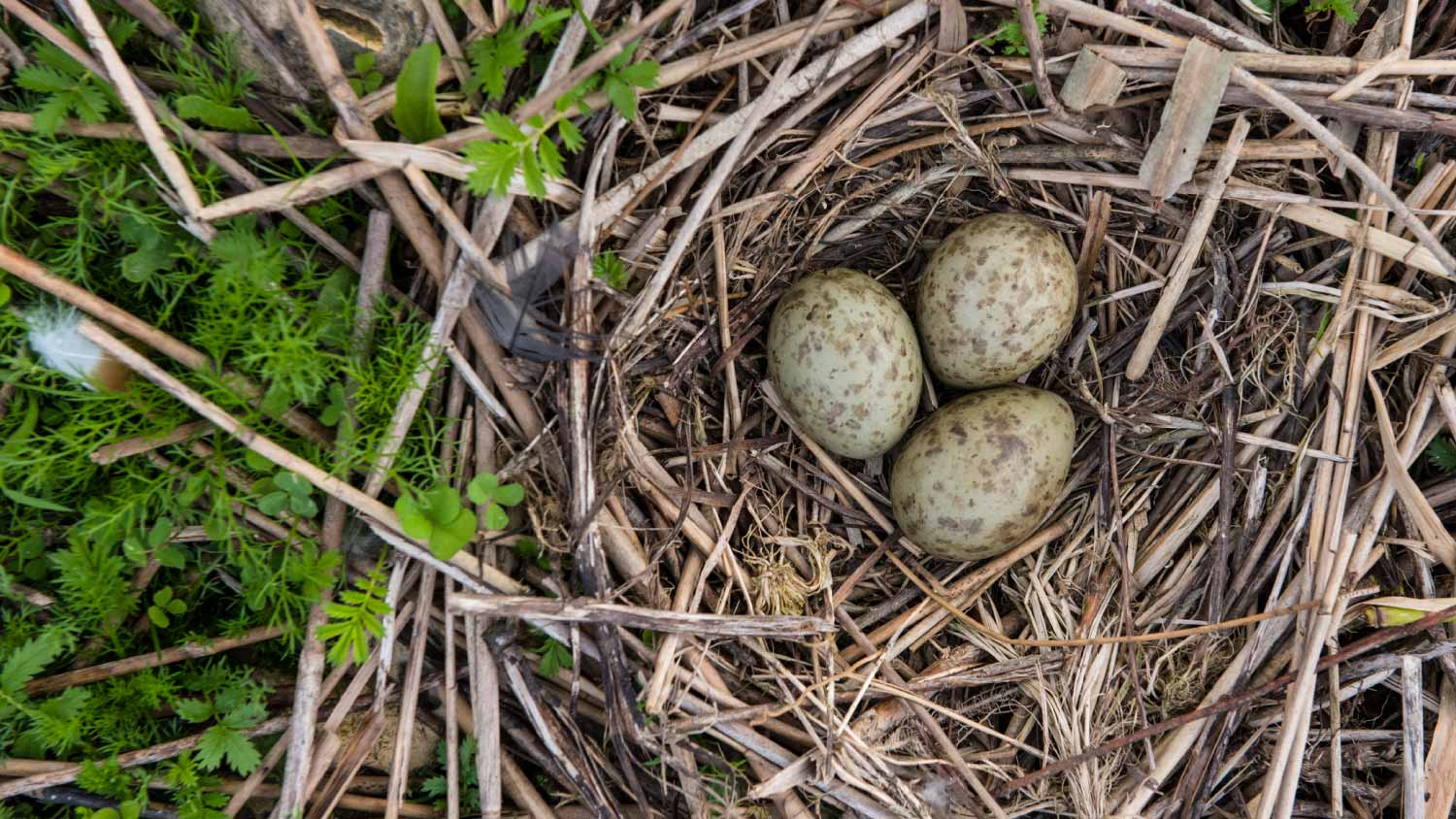What Is the Best Bait for Snakes?
The best snake bait is a snake’s natural food source


Different snake species are attracted to different things, so there is no universal best bait for snakes. When you want to catch a snake in your yard, start by researching the type of snake to learn what they eat in the wild. Here are some of the most common and effective snake baits.
1. Live Rats or Mice

While they may not be the easiest bait to handle, most North American snakes eat small rodents, like rats and mice. These animals can be purchased live at many pet stores, where they are sold as pets or as food for pet snakes. Rodents have a natural body odor, leave droppings that also have an odor, create vibrations that snakes can feel when they move, and emit body heat that many snakes can sense.
Mice are a better option unless you are targeting large snakes, which are less likely to hang out in your garden. While fully-grown large snakes can eat rats, they’re too big for many juvenile snakes and smaller snake species, which will avoid trying to eat something too large for them.
| Pros | Cons |
|---|---|
| Very attractive to snakes | Difficult to handle and may bite |
| Easy to purchase | Discomfort with using live bait |
Best for: Most snake species in North America
2. Frozen Rats or Mice
Frozen mice and rats may smell like live ones, but they do not emit body heat or move, so they do not attract snakes as well. You may want to cut the rodent open to enhance the smell and attract snakes more quickly. Many pet stores sell frozen rodents as food for pet snakes.
Again, keep the size of the snake in mind when deciding between rats and mice. Very small snakes may only be big enough to eat newborn mice, known as pinky mice, which are sometimes sold live but easier to find frozen.
| Pros | Cons |
|---|---|
| More humane than live bait and easier to handle | Snakes prefer live bait |
| Readily available from pet stores | Uncomfortable for some people to handle |
Best for: People who feel uncomfortable using live bait
3. Poultry
Many snakes love to eat birds, especially small nestlings. Avian-snacking snakes include king snakes, rat snakes, garter snakes, whip snakes, rattlesnakes, rubber boas, and rosy boas. Frozen chicken, pheasants, or quail are good feeding options for these species.
Poultry is readily available at grocery stores, but because whole chickens are too large for most North American snake species, stick with quails, pheasants, or chicken parts, such as hearts, feet, and livers.
| Pros | Cons |
|---|---|
| Readily available | Chicken parts may be messy and spread salmonella |
| Easy to handle and good portion sizes for snakes | Not as effective as live bait |
Best for: Snakes that primarily eat birds
4. Bird Eggs

Many North American snakes love bird eggs, including rat snakes, corn snakes, fox snakes, black racers, pine snakes, and king snakes. Eggs are an easy-to-find bait for snakes, though some species may be too small to eat chicken eggs, so you may need to find quail eggs at a specialty grocer. For best results, use farm-fresh, unwashed eggs.
| Pros | Cons |
|---|---|
| Chicken eggs are readily available | Quail eggs can be expensive and difficult to find |
| Easiest bait to handle | Not all snakes eat eggs |
Best for: Homeowners with free-range chickens
5. Fish
Water snakes and many small snakes that live near waterways eat fish rather than birds or rodents. To lure snakes with fish, use chunks of a larger fish or whole small fish like sardines. The smell of the fish should attract snakes to your trap.
| Pros | Cons |
|---|---|
| Readily available | Not useful for many inland snake species |
| Can use canned fish | Fish may fall out of minnow traps used in water |
Best for: Water snakes
6. Amphibians

Amphibians, such as toads and frogs, make good bait for water snakes and snakes dwelling near water. While you may not be able to purchase these at your local grocery store, fresh and frozen toads and frogs can often be found at pet stores, where they are sold as pets or as food for fish and other creatures.
| Pros | Cons |
|---|---|
| Attracts many different snake species | Can be slippery and difficult to handle |
| Stay in submerged minnow traps better than pieces of fish | Can be expensive to purchase |
Best for: Small snakes that live in wet areas
7. Insects
While most people are familiar with snakes that eat mammals, few realize that many snakes prefer invertebrates like insects. Crickets, beetles, caterpillars, and more can serve as food for these snakes. This type of bait is very useful with smaller snake species and juveniles of larger species, including gopher snakes, green snakes, worm snakes, and some water snakes.
You can buy some species of insects, such as crickets or worms, at local pet shops or fishing stores, and many can be caught in your yard.
| Pros | Cons |
|---|---|
| Useful for trapping small and juvenile snakes that cannot eat larger prey | Won’t attract medium to large snakes |
| Inexpensive when caught | Must be used as live bait and can be difficult to contain |
Best for: Small or juvenile snakes
8. Snake Lure
Snake lure is a liquid chemical that can attract snakes to your trap from long distances. All you need to do is add a few drops to a cotton ball and place it in your trap. Unfortunately, the manufacturers still recommend using some live bait because while the lure may bring snakes to the trap, it won’t always entice them to enter it.
| Pros | Cons |
|---|---|
| Attracts snakes from much longer distances than many foods | Best used alongside live bait |
| Easy to use | Can be more expensive than other bait options |
Best for: Luring snakes from a distance
How Do I Choose the Right Bait for My Snake Trap?
Start by identifying the type of snake you’re trying to catch and focus on food they commonly eat in the wild.
If you don’t know the species of the snake you’re trying to catch, research the most common snakes in your area and choose a bait that will work for most of them. If the snakes can get very large, try to use bait suitable for the juvenile snakes, as large snakes may eat small meals, but smaller snakes will avoid large prey.
Things to Consider When Trapping a Snake
Avoid trapping snakes unless they directly threaten you and your family or unless the snake has entered your home. Snakes play a critical role in the ecosystem, killing pests like rodents.
Do not try to catch a venomous snake like a rattlesnake or cottonmouth. An angry, trapped snake will be more prone to aggressive behavior like biting. Call a local snake removal expert if you have a problem with a venomous snake. They have the experience and knowledge necessary to handle these creatures safely. Snake removal costs an average of $340.
Frequently Asked Questions
The right snake trap depends on your needs and the species of snake. Glue traps are the easiest to handle but are inhumane and may catch and kill other animals, like squirrels, birds, and mice. Cage traps catch snakes alive so they can be released elsewhere. Minnow traps are the best choice for water snakes.
We don’t recommend attempting to catch a copperhead snake. The copperhead is a highly venomous snake native to the eastern U.S. that can live in terrestrial or semiaquatic areas. Call in a wildlife removal expert to handle the animal safely and humanely.




- How to Get Rid of Snakes: Humane Removal Methods and Prevention Tips
- What to Do When There’s a Snake in Your Toilet: Removal and Prevention Tips
- Who Should You Call for Snake Removal?
- How to Use a Plumbing Snake to Get Rid of Clogs
- How to Get Rid of Animals in Your Attic for Good
- What’s the Difference Between Mice and Rats?
- How to Get Rid of Mice in Your Walls: 3 Effective Removal Methods
- When to Call an Exterminator for These 9 Pests (and Skip the DIY)
- How to Get Rid of Rodents Naturally: 7 Tips for a Rodent-Free Home
- 5 Easy Ways to Remove Hair From Your Drain










